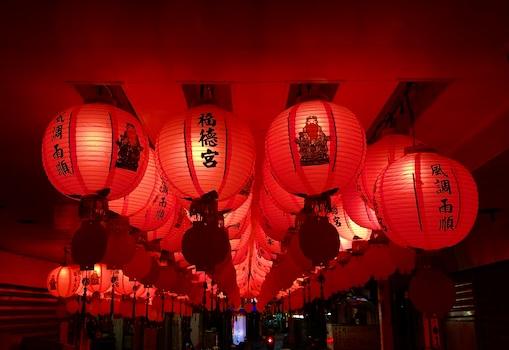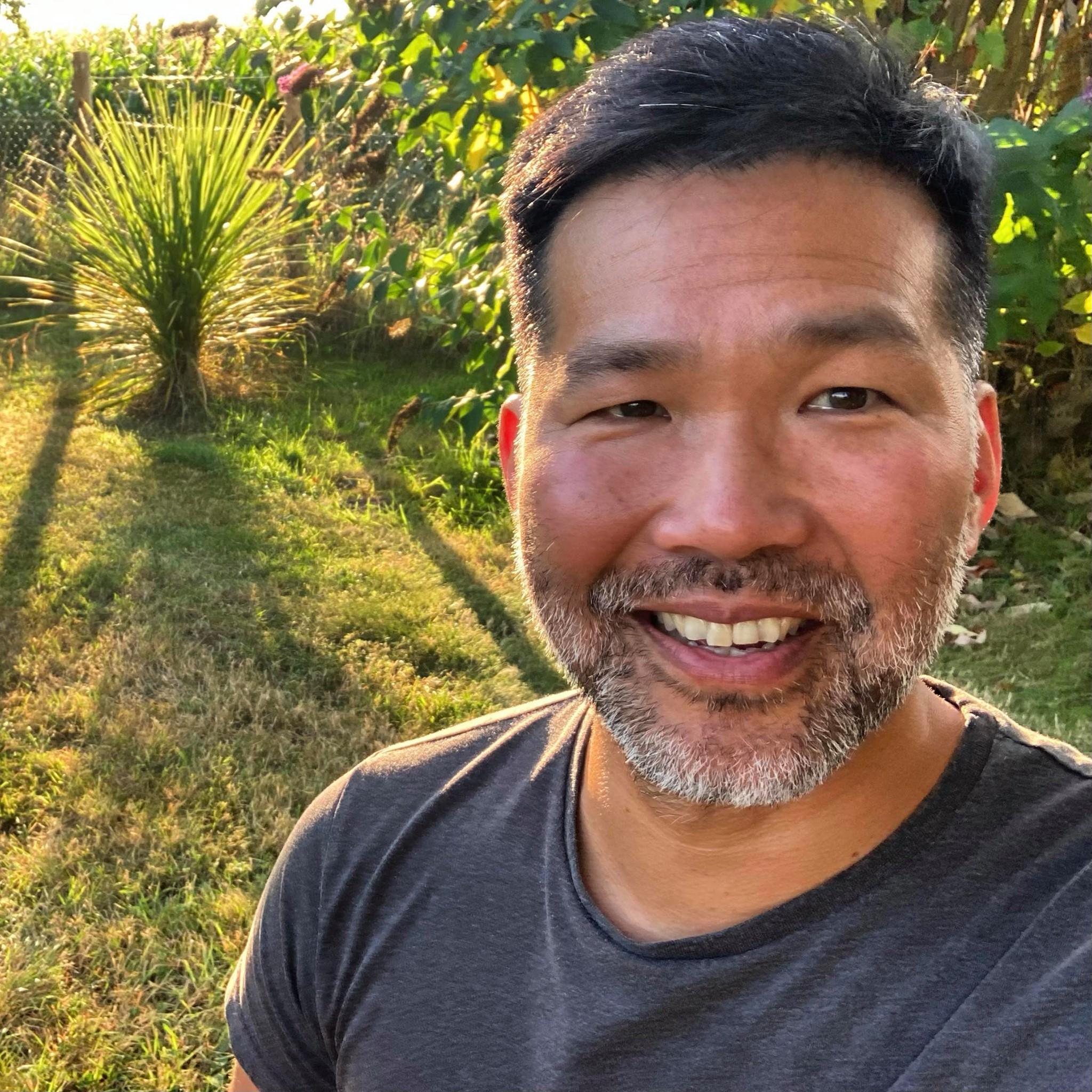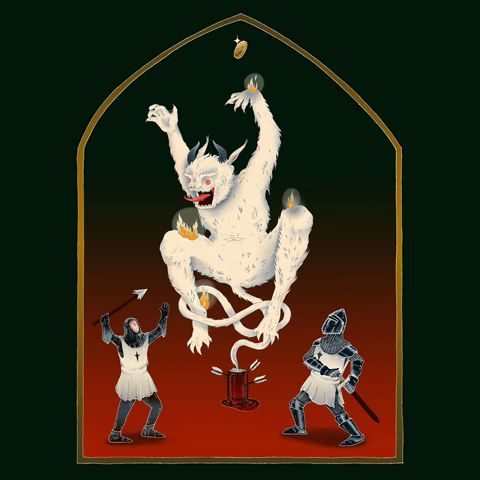
Ahead of Imaginarium: A Celebration of ESEA Speculative Fiction—happening virtually on 22 September, supported by the BFS—Eric Huang takes a look at the growing interest in SFFH from the region, and how the non-Western hero has become serious Hollywood business.
(Image by Sinjin Li)
East and Southeast Asian (ESEA) speculative fiction is on the rise. Stories written by ESEA authors with ESEA themes are topping best-seller charts and most-streamed lists. A new online festival called Imaginarium is a celebration of ESEA speculative fiction through a day of virtual talks.Â
I’m hosting an industry panel about navigating the submission process. In researching industry trends for the lunchtime talk, it’s clear that stories that take place outside strictly European structures are breaking through in multiple media formats. The bestiaries and divine pantheons from the global south are still widely unknown in the West, and publishers are eyeing manuscripts that explore these traditions. Also sought after are stories that blend canons. The Priory of the Orange Tree by Samantha Shannon is a best-selling example with Eastern and Western dragons co-existing in the same universe. R.F. Kuang’s Babel is a book set in an alternative Oxford experienced through the gaze of an orphan from Canton. Justinian Huang begins The Emperor and the Emperor’s Palace in ancient China, but traces the queer love story across time and space to modern-day Los Angeles.
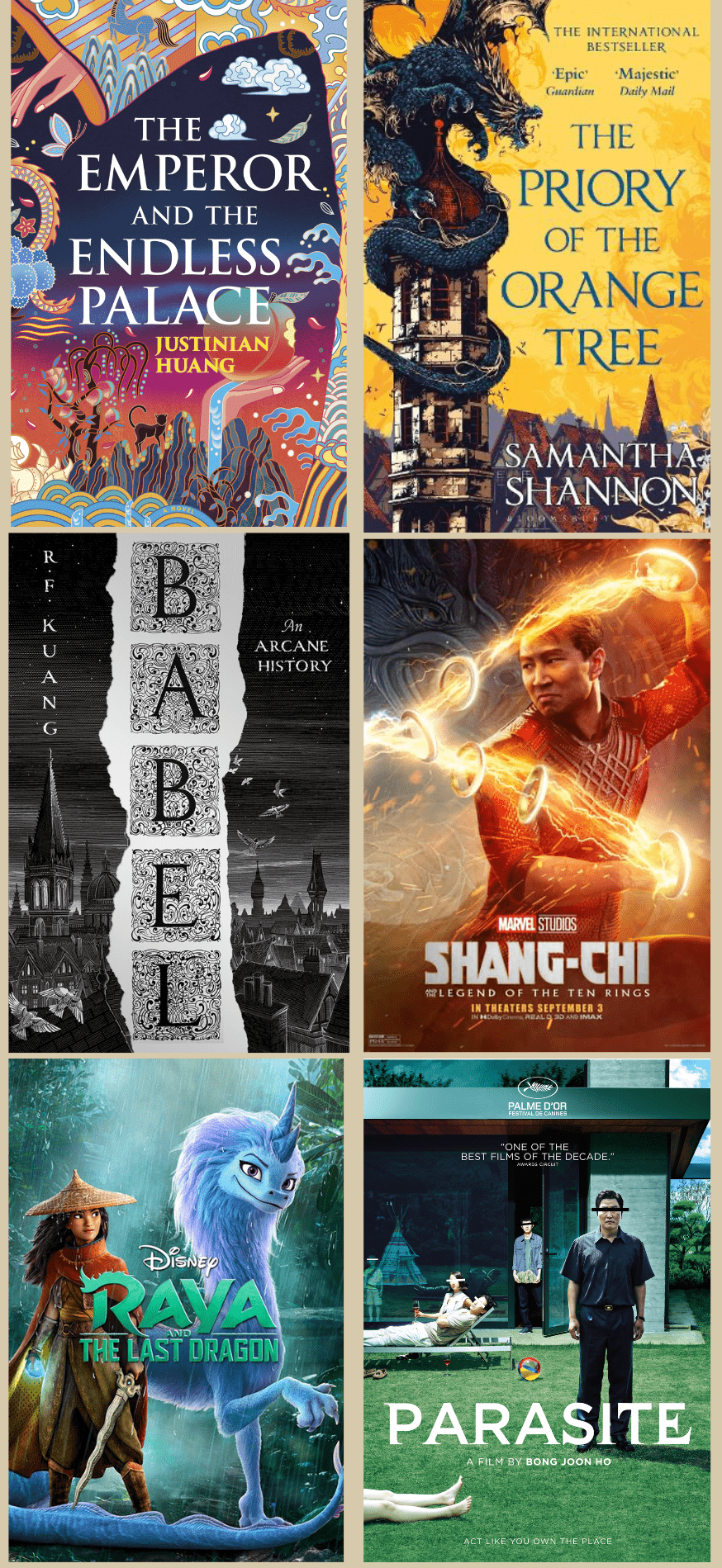
What’s behind the ESEA trend? Emma Topping, founder of literary and film agency Viv Loves Film, cites the power of Korean pop culture and the post-pandemic rise in manga/manhwa and anime consumption as critical factors. Key to Hollywood’s acceptance of ESEA productions was Bong Joon-ho’s Parasite, a Korean-language thriller that defied the odds to become a mainstream success, grossing $262M on a budget of $11.4M! Parasite’s domination boded well for Disney’s launch of Shang-Chi and the Legend of the Ten Rings as well as the more modestly successful Raya and the Last Dragon. Both were instrumental in introducing ESEA fantasy themes to a generation of young readers already familiar with the Western legends popularised by the likes of Harry Potter and Percy Jackson.
Do ESEA authors have to write “oriental” to get published?
Success in Hollywood and success in the New York City/London publishing centres are linked. ESEA writers and ESEA stories are hot in both media hubs at the moment! But are only certain stories interesting to the gatekeepers? Do ESEA authors have to write something ‘oriental’ to have a chance at being published? When Ang Lee adapted Jane Austen’s Sense and Sensibility in 1995, there were concerns that he couldn’t convey the Englishness in Austen’s work. How could the Taiwan-born Lee possibly understand the subtleties of Regency-era class and social mores that still weigh upon UK society today? Regardless of your opinion on the results, the film proved to be a critical and box office success.Â
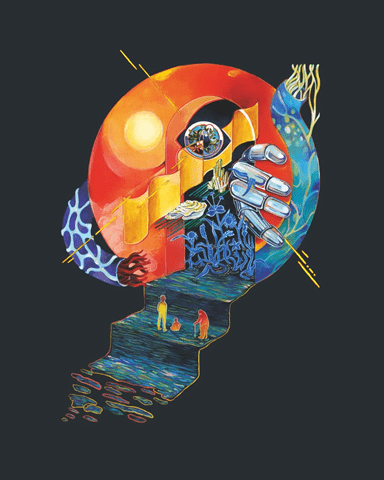
The Sense and Sensibility conversation is from the 1990s. Are ESEA storytellers still expected to write Asian stories in 2024? Are their only successes those that lean in to Asian-ness? Desola Coker, assistant editor at indie publisher Angry Robot, believes success is due in part to authenticity. Anyone can write about anything, but the story suffers if genuine passion is missing. Her advice to writers is to lean in to what they know and love, whether it’s a lived experience or something they’ve discovered and come to obsess over. Â
(Image by Sinjin Li)
Authenticity is tricky, though. It’s highly politicised – and it can be frightening! When I turned in the first draft for a fantasy chapter book series Guardians of the New Moon, one of my editors, who happens to be British-born Chinese, sent an apologetic note questioning the changes I had made. I had replaced Chinese names like Chi Ming to Steve and exchanged several Chinese terms for their English equivalents. Without even thinking about it, I had ‘Whitewashed’ the manuscript. I suppose this was another attempt to fit in, to alter my experiences as a Chinese-American to be more mainstream.Â
Seeking Outsider Authenticity
Ironically, this fear of not fitting in is the very factor that drew me to sci-fi, fantasy, and horror in the first place. In the alternate worlds presented by these books and films and video games, it was the nerds and weirdos who saved the universe! We were the heroes! What the publisher wanted from my first draft was this outsider authenticity. What they were looking for was the version of the story I had written without thinking about how it might be perceived should someone ever decide to publish it.
Science fiction author and Imaginarium co-founder Yen Ooi (pictured) has seen a profound change in what editors are looking for. Her first novel Sun: Queens of Earth was published a decade ago. It’s a proto-cli-fi story about ‘humanity’s fight against extinction’. There are ESEA characters and settings, but the Asian-ness isn’t overt. This is in contrast to Ooi’s latest book, which is set on a fictional island in Malaysia. For Ooi, there’s far more to ESEA ssf than kung fu and chopsticks. ESEA storytelling presents a unique world view, a narrative style that differs from Western conventions.
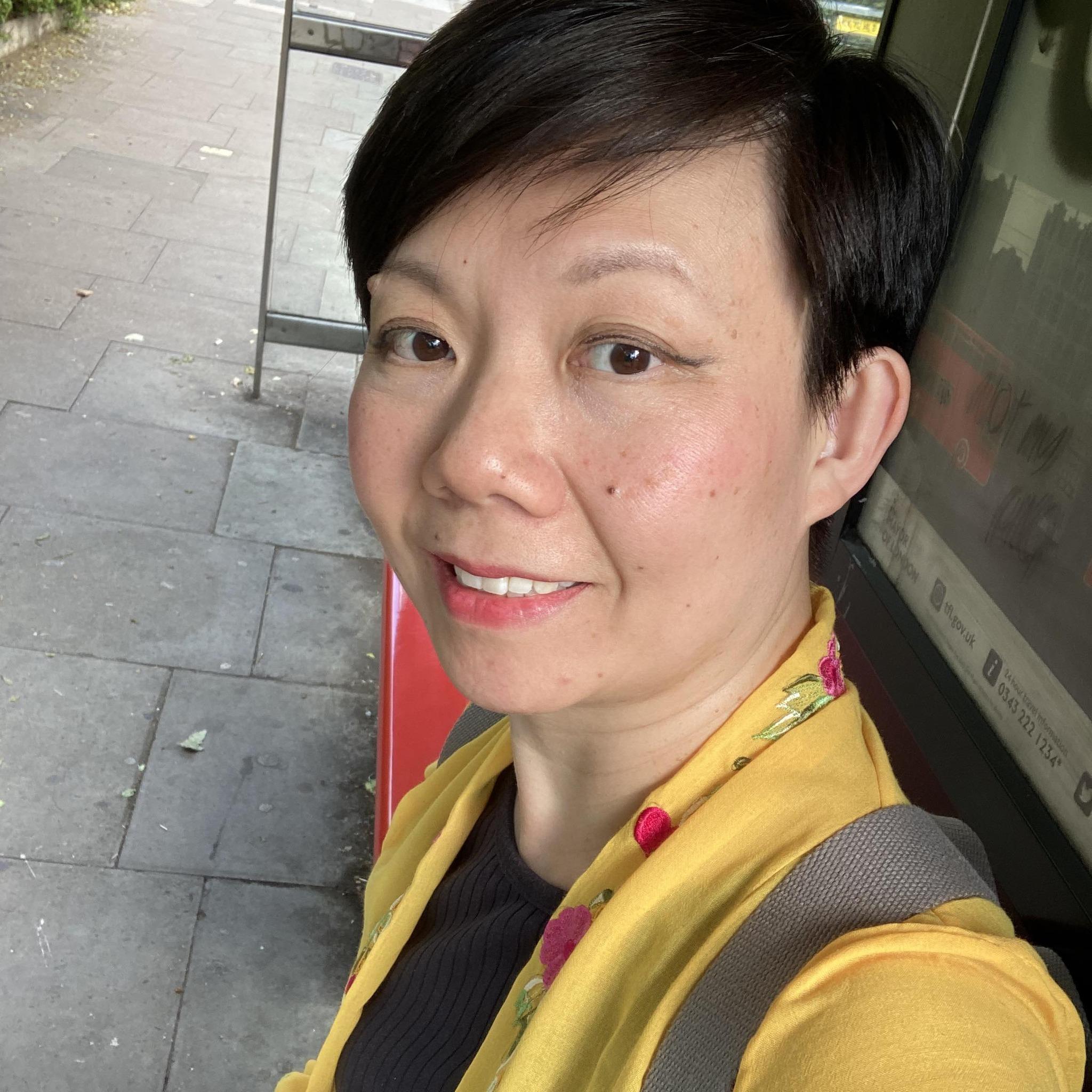
It’s the difference between the Japanese film Ringu and its Hollywood adaptation The Ring. (Keep in mind that Ringu, which was an art house hit in the West, was a mass market success in Japan.) According to Ooi, many editors are no longer afraid of taking risks on the unexpected and surprising, preferring a non-linear Ringu to the Hollywood gloss of The Ring.
Whether a story is authentic or not, its level of success is based on trends, fleeting fads that always fade. Right now, ESEA speculative fiction is trending. When this trend is inevitably replaced by another, ESEA writers of speculative fiction will still find success – not due to their ESEA origins or content, but because editors are now listening to readers who demand a diversity of stories tapping into the next big thing … which I’m told is cozy goblins and Catholic space.
Join us for the Imaginarium online festival by Lian Collective and the British Fantasy Society. Click here for details and registration. Hope to see you there!

